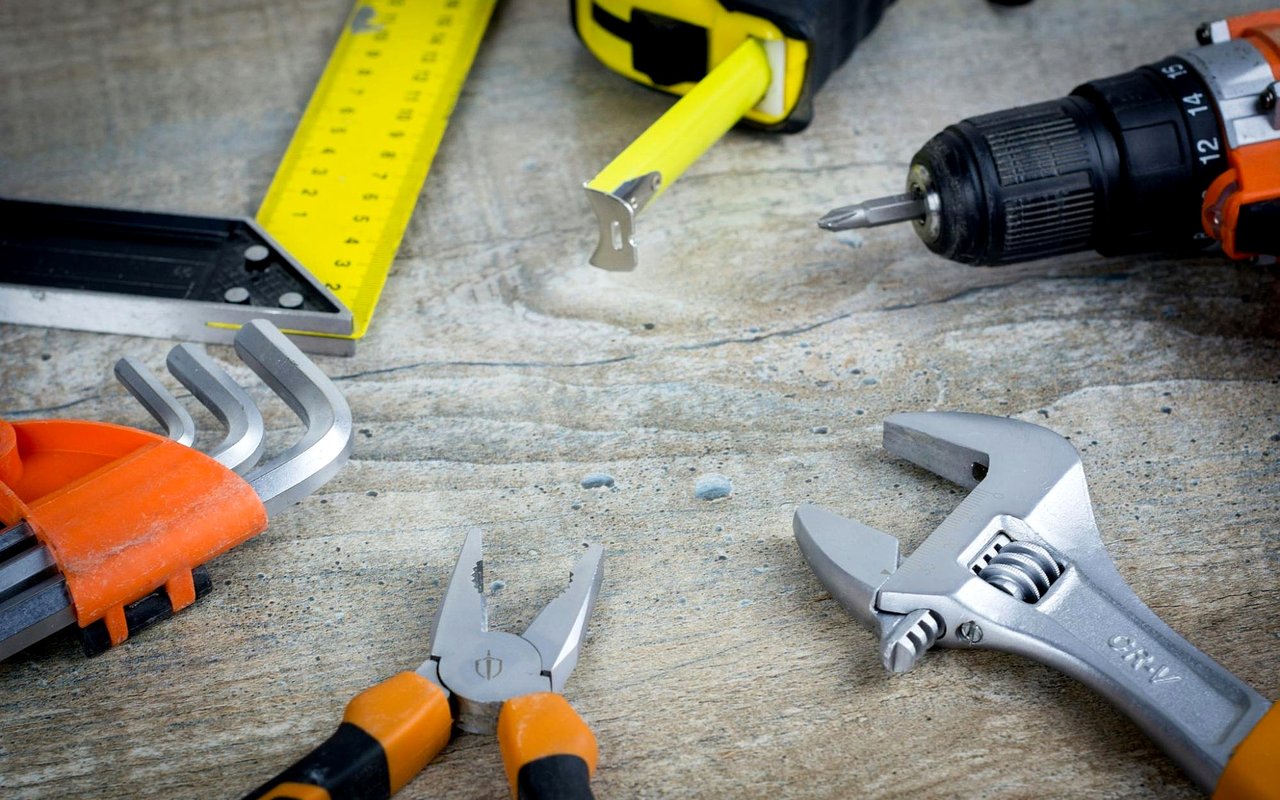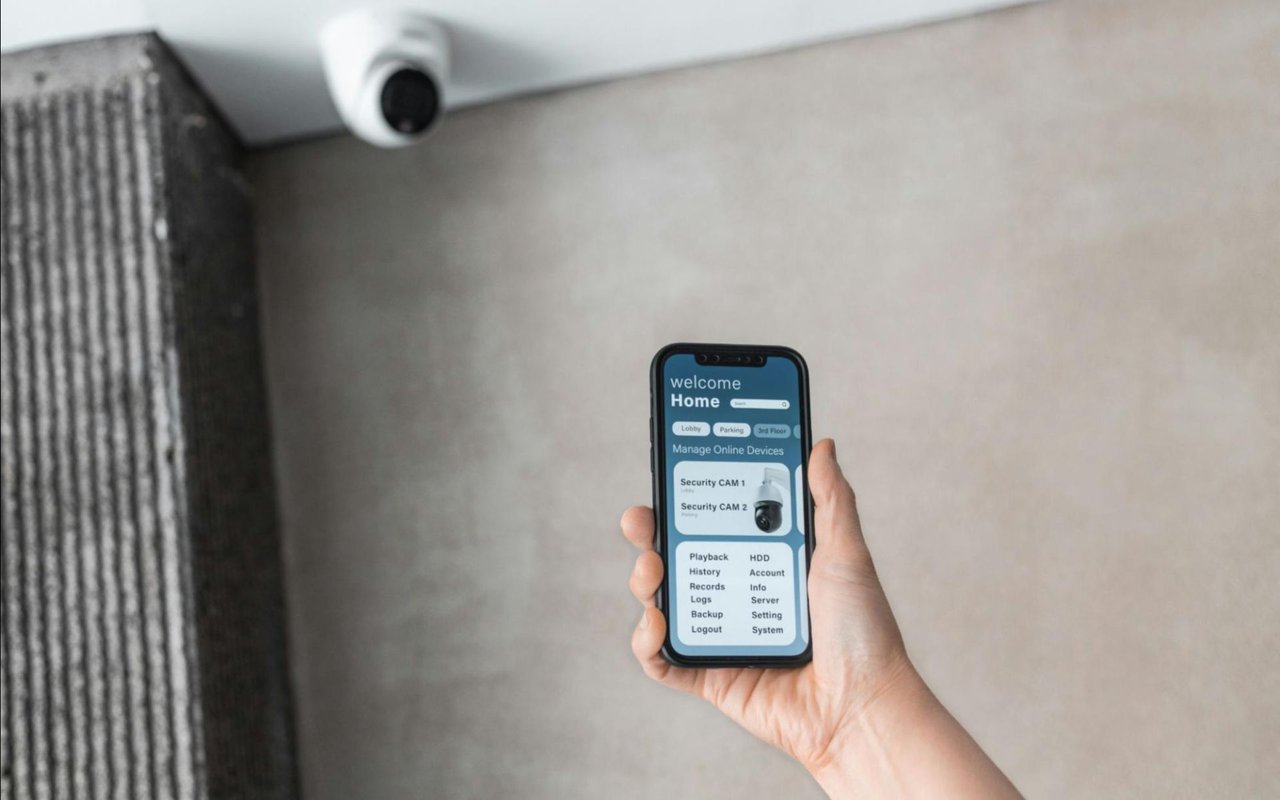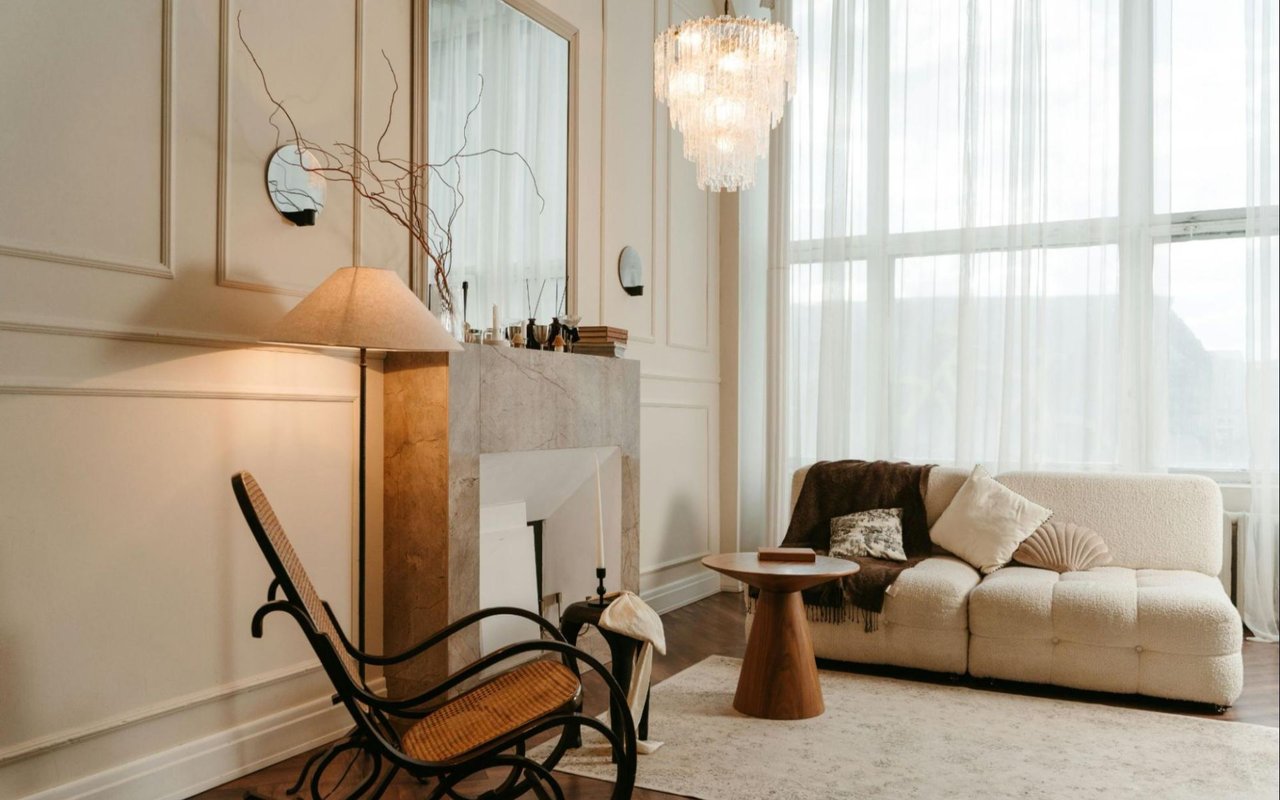In today’s world, energy efficiency has become a priority for many homeowners. Not only does reducing energy consumption lower utility bills, but it also helps decrease your home’s environmental impact. Fortunately, making your home more energy efficient doesn’t have to require a major renovation or a significant investment. By implementing a few cost-effective strategies, you can create a more sustainable living environment and enjoy long-term savings. Here are some practical ways to boost your home’s energy efficiency without breaking the bank.
Seal Gaps and Improve Insulation
Start by checking for gaps around windows, doors, and other areas where air might be escaping. You can use weatherstripping or caulking to seal these gaps and prevent drafts.
Weatherstripping is ideal for sealing around doors and windows, while caulk works well for smaller cracks or gaps around window frames and exterior walls.
Additionally, upgrading your insulation is a relatively inexpensive way to make your home more energy efficient. In many older homes, insulation can become worn out or inadequate over time. Adding insulation to your attic, walls, or basement can help regulate your home’s temperature, keeping it cooler in the summer and warmer in the winter. This improvement pays for itself over time by reducing energy costs.
Upgrade to Energy-Efficient Lighting
LED bulbs are particularly energy efficient and can reduce lighting costs by up to 75%. While they may have a higher upfront cost compared to incandescent bulbs, the long-term savings on your energy bill make them a worthwhile investment. Additionally, you can install motion sensors or timers for outdoor or less frequently used lights to ensure they’re only on when needed, further reducing energy waste.
Install a Programmable Thermostat
For example, you can set the thermostat to lower the heat while you’re at work and raise it just before you return home. In the summer, the system can reduce air conditioning use during the day and cool your home down in the evening when it’s most needed. Some programmable thermostats are also smart thermostats, which can be controlled remotely via smartphone, offering even more flexibility and control over your home’s energy usage.
Replace or Upgrade Windows
One option is to install window film or low-E coatings on your existing windows. These films help reflect heat back into the room during the winter and block it out during the summer, reducing the load on your heating and cooling systems. Additionally, insulated curtains or blinds can help keep your home more comfortable by providing an extra layer of insulation.
If you’re ready to invest in new windows, consider energy-efficient models with double or triple glazing. These windows are designed to reduce heat transfer, improve insulation, and reduce energy consumption. While the upfront cost may be higher, the long-term savings on your energy bills can make this a cost-effective solution over time.
Use Energy-Efficient Appliances
Energy-efficient appliances are designed to use less electricity and water while still performing the same tasks as standard models. For example, an Energy Star-rated refrigerator uses up to 15% less energy than non-rated models, while an energy-efficient washing machine can reduce water usage by up to 40%. Over time, these savings can offset the initial investment in new appliances.
If replacing your appliances isn’t an option, there are still ways to improve their energy efficiency. For instance, when using your dishwasher or washing machine, opt for full loads to maximize energy and water efficiency. Additionally, using cold water for laundry can reduce the energy needed to heat water without sacrificing cleaning performance.
Switch to Low-Flow Fixtures
Installing low-flow showerheads and faucets is a simple, affordable way to reduce water consumption without sacrificing performance. These fixtures are designed to maintain strong water pressure while using less water, meaning you’ll save on both your water and energy bills.
Additionally, consider upgrading to a low-flow toilet, which uses less water per flush. Over time, this can add up to significant savings, particularly in households with multiple occupants. If replacing your toilet isn’t in the budget, you can install a dual-flush conversion kit on your existing toilet, allowing you to choose between a full or partial flush depending on your needs.
Unplug Devices When Not in Use
To reduce this waste, unplug devices and appliances when they’re not in use, or use power strips to easily switch off multiple devices at once. This includes things like phone chargers, coffee makers, televisions, and computers. While each device may only use a small amount of energy in standby mode, the cumulative effect can add up over time.
Alternatively, you can invest in smart power strips that automatically cut power to devices that are not in use. These strips can sense when devices are in standby mode and stop them from drawing unnecessary electricity, further reducing phantom energy waste.
Maintain Your HVAC System
One of the simplest maintenance tasks you can do is to change your air filters regularly—at least every three months. Clean filters allow air to flow more easily through your system, reducing energy consumption and extending the life of your HVAC unit. Additionally, scheduling annual maintenance checks with a professional HVAC technician can help identify potential issues before they become major problems.
Another energy-efficient upgrade to consider is installing a programmable thermostat if you haven’t already. This will allow you to adjust your home’s temperature based on your schedule, reducing the strain on your HVAC system and cutting energy costs.
Install Ceiling Fans
By using ceiling fans in conjunction with your HVAC system, you can reduce energy consumption and make your home more comfortable. Ceiling fans are relatively inexpensive to install and use much less energy than air conditioners or heaters.
Making your home more energy efficient doesn’t have to involve expensive renovations or major upgrades. By focusing on small, cost-effective improvements—like sealing gaps, upgrading lighting, and using energy-efficient appliances—you can significantly reduce your home’s energy consumption and lower your utility bills. Not only will these changes save you money in the long run, but they’ll also contribute to a more sustainable, environmentally friendly lifestyle. With the right approach, energy efficiency can be both practical and affordable.
Real Estate Experts Who Can Help
When buying or selling a home in North Scottsdale, you need the best real estate team in North Scottsdale with a proven track record of success. For those living in North Scottsdale, partnering with experienced agents who understand the local market — such as those with Beth Rider and The Rider Elite Team — makes all the difference. They can answer any questions you may have and guide you through the process of finding your perfect home. With the help of a skilled agent, you can ensure that your home buying experience is as smooth and stress-free as possible. Contact us- the best real estate agents in North Scottsdale now!




